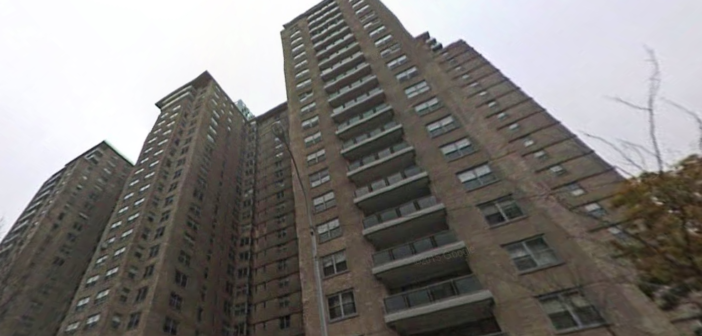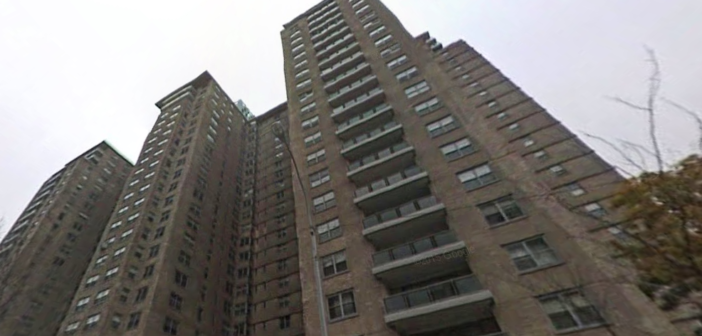Warbasse Houses Awarded $2.4 Million Sandy Recovery Grant


Councilman Mark Treyger and New York City Housing Preservation and Development Commissioner Vicki Been announced today that Amalgamated Warbasse Houses, in Brooklyn’s Coney Island and West Brighton areas, was awarded a $2.4 million HPD grant to help fund the cost of emergency repairs and resiliency work the complex required in the wake of Superstorm Sandy, but which was not covered by insurance benefits.
“Since I first took office in 2014, we have worked incredibly hard to make sure that Warbasse would be made whole for the significant repair and resiliency upgrades required in the wake of Sandy,” said Treyger. “This grant means Warbasse can continue to be home to the residents who built it, and that those residents are safe in the face of future storms.”
Treyger, who chairs City Council’s Committee on Recovery and Resiliency, says he worked tirelessly to help the City respond to the needs of Warbasse and has worked closely with HPD helping 15 multifamily developments, and more than 3,000 households, secure funding for needed resiliency upgrades and repairs since the storm.
“We are pleased to help fund the recovery and future resiliency of Warbasse, a long-standing coastal community that weathered Sandy and came back as strong as ever,” Commissioner Been said. “HPD’s recovery program was created to repair and protect multifamily developments in New York City from the effects of climate change, and has assisted 16,000 households so far.”
The Warbasse Houses, a five-building, 2,585 unit, Mitchell-Lama housing development located along Neptune Avenue, between Ocean Parkway and West 6th Street, is home to low- and moderate- income families, including seniors and the disabled. It is the largest complex assisted by the City in Sandy’s aftermath so far.
The development suffered severe flooding damage during the 2012 storm, including significant electrical damage. The damage required repairs and a critical resiliency retrofit that elevated the buildings’ electrical substations, and other equipment, above the high water mark to protect against future flooding. The $2.4M reimbursement award to Warbasse funds the unmet repair and resiliency costs not covered by private insurance, FEMA, and National Flood Insurance Program, among others.
Michael J. Silverman, president of Amalgamated Warbasse Houses, expressed gratitude to the councilman for his efforts on behalf of the complex’s residents.
“Thank you to Council Member Mark Treyger for his guidance, support, and help with our $2.4 million dollar reimbursement grant from the City’s Department of Housing Preservation and Development. Council Member Treyger’s leadership played an integral role during this process. His ‘let’s roll up our sleeves and figure this out’ attitude is very contagious and is an example that more of our elected officials should follow,” said Silverman.
In the wake of the storm, Treyger and the City of New York were in touch with the Warbasse leadership, which applied to Build it Back, the program created by the City to assist in the housing recovery from Sandy. The HPD Multifamily Storm Recovery Program, which ultimately awarded the $2.4 million grant, assists registered, Sandy-damaged Build it Back properties with five or more apartments. HPD drew on its broad experience in multifamily housing to create and implement the first recovery and resiliency program of this kind in the country. To date, HPD has funded a variety of flood-protection strategies that include elevating and flood-proofing critical building systems, providing energy-efficient improvements, and emergency and temporary power systems, among others.
Since the storm, HPD has funded recovery for 111 buildings with nearly 16,000 households across storm impacted neighborhoods. There are 150 buildings in this program’s pipeline, with an overall impact to 20,000 households. The HPD multi-family program provides financial assistance to cover rehabilitation of buildings that sustained damage. In addition, the City is strengthening housing infrastructure by identifying opportunities to increase resiliency against future weather events.